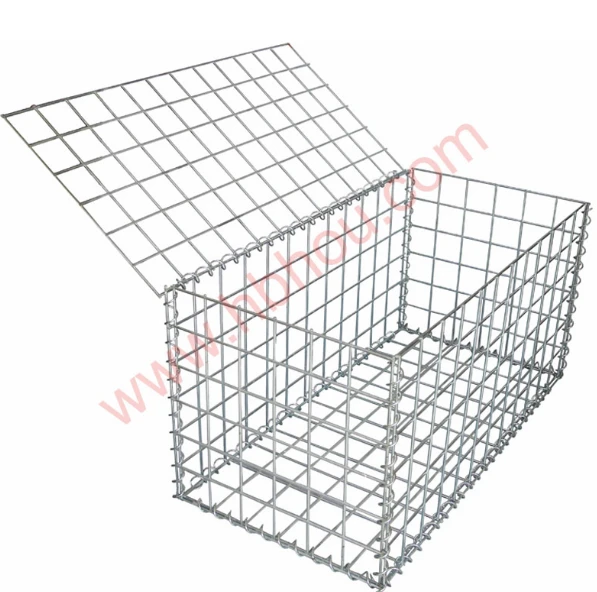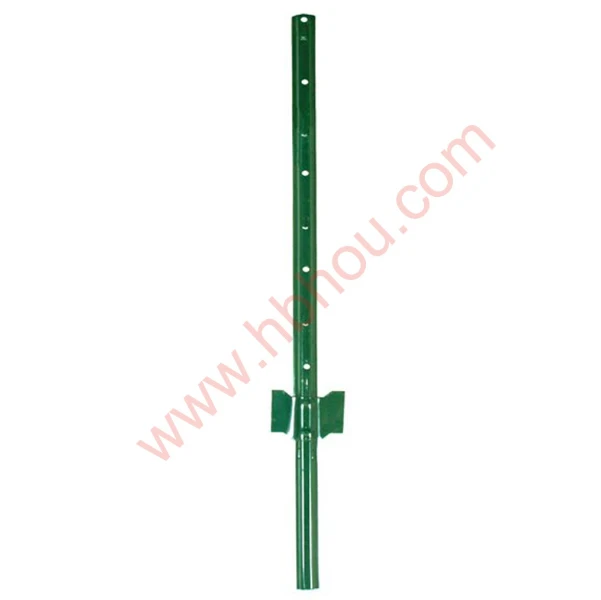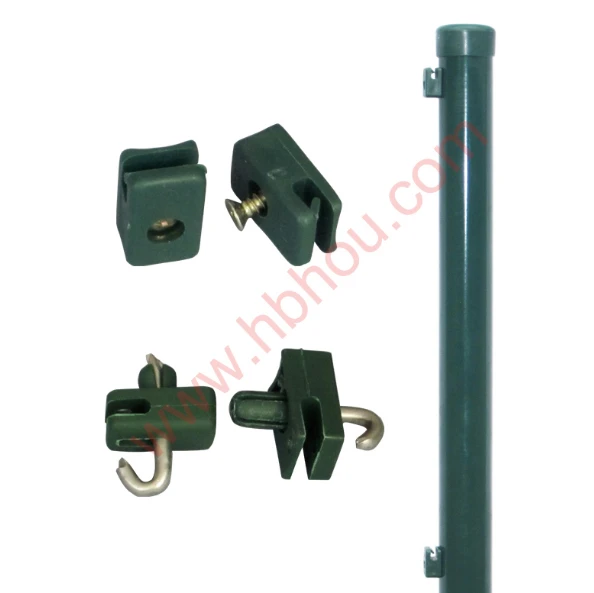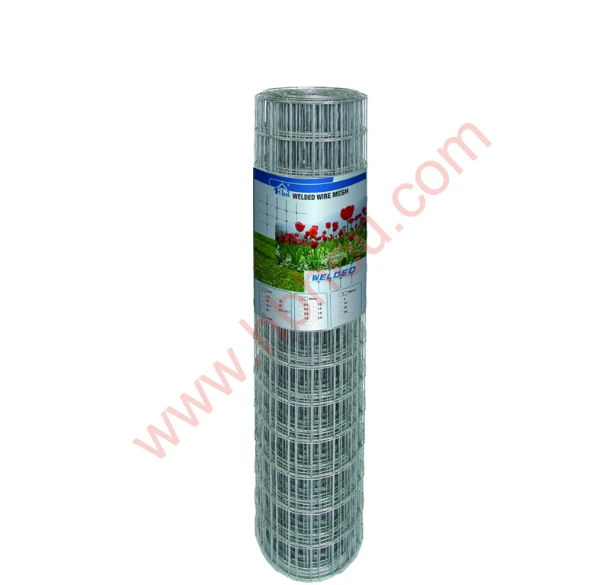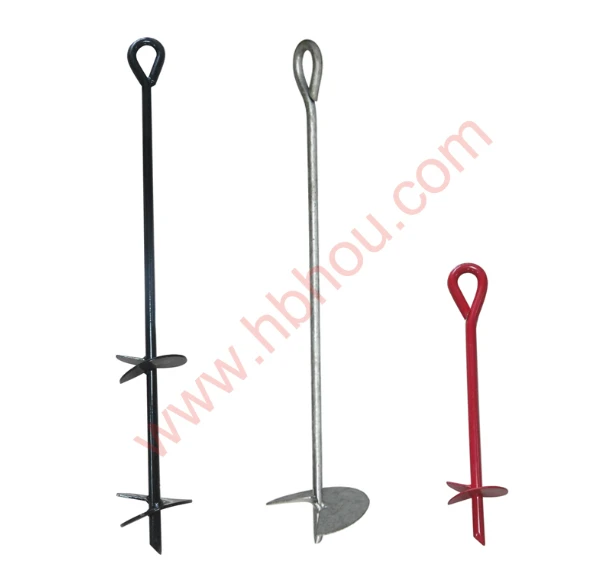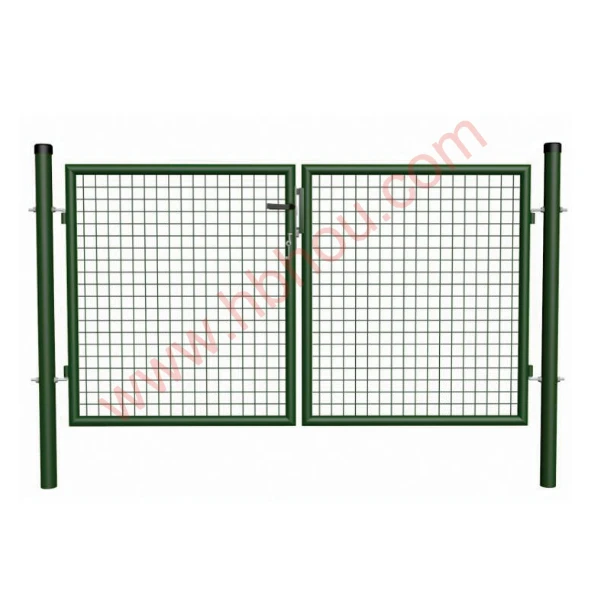The Art and Science of Soldering Essential Tools and Techniques
Soldering is a fundamental skill in the world of electronics and metalworking, where precision and technique intertwine to create durable bonds. At the heart of this practice lies the soldering iron, an indispensable tool that enables hobbyists and professionals alike to connect electronic components and repair circuits with ease. In this article, we will delve into the various aspects of soldering, focusing on the soldering iron and metal wire, both of which are crucial for achieving reliable and effective joints.
Understanding the Soldering Iron
A soldering iron is a handheld tool that heats up to melt solder, a fusible alloy typically made from a combination of tin and lead or, more commonly today, lead-free alternatives. The soldering iron consists of a metal tip, which conducts heat effectively, and an insulated handle that allows the user to maintain a firm grip while working. The temperature of the soldering iron is critical, as it must be hot enough to melt the solder without damaging the components being joined. Most soldering irons operate within a temperature range of 350°C to 400°C (about 662°F to 752°F), making it essential for users to choose the right tool for their specific applications.
Types of Soldering Irons
There are several types of soldering irons available on the market, each designed for different tasks. The most common types include
- Standard Soldering Irons These are basic, inexpensive tools suitable for general-purpose soldering. They are ideal for hobbyists and beginners who are learning the craft.
- Temperature-Controlled Soldering Stations These professional-grade devices allow for precise temperature settings and often come with interchangeable tips for different soldering applications. They are popular among experienced technicians and those who require a higher level of control.
- Cordless Soldering Irons Battery-operated soldering irons offer portability and convenience, making them perfect for fieldwork or projects without easy access to power outlets.
Selecting the Right Metal Wire
The role of metal wire in soldering cannot be understated. Wires serve as the conduits for electricity, and choosing the right type of wire is crucial for successful soldering. Common types of wire used in electronic projects include
- Copper Wire Known for its excellent conductivity, copper wire is widely used in electrical applications. It’s important to use stranded copper wire for flexibility and ease of soldering.
soldering iron metal wire

- Enamelled Wire Often used in motors and transformers, this wire has a thin layer of insulation that must be removed before soldering.
- Silver and Gold Wire Typically used in high-end electronics, these wires provide superior conductivity but come at a higher cost
.The solder used with these wires also varies, with options that include rosin-core solder, which contains a flux that helps prevent oxidation, and lead-free variants that are often preferred for environmental reasons.
Techniques for Successful Soldering
Mastering soldering techniques is essential for achieving strong, reliable joints. Some best practices include
1. Cleanliness Ensure that both the soldering iron tip and the surfaces to be soldered are clean and free from oxidation or contamination.
2. Proper Heating Allow the soldering iron to reach the appropriate temperature before beginning your work. This ensures that the solder melts uniformly, creating a strong bond.
3. Soldering Technique Always heat both the wire and the joint before applying solder. This allows the solder to flow evenly and adhere effectively to the surfaces.
4. Inspection After soldering, examine the joint for any imperfections such as cold solder joints, which can lead to unreliable connections.
Conclusion
Soldering is an essential skill in electronics and metalworking that requires the right tools, techniques, and materials. Mastering the use of a soldering iron and understanding the properties of metal wires enhances the ability to create reliable connections. As technology continues to advance, the techniques and tools in soldering will evolve, but the fundamental principles will remain the same, ensuring that this age-old craft continues to thrive in modern applications. Whether you’re a seasoned professional or a curious beginner, understanding the art and science of soldering opens up a world of possibilities in electronics and craftsmanship.









